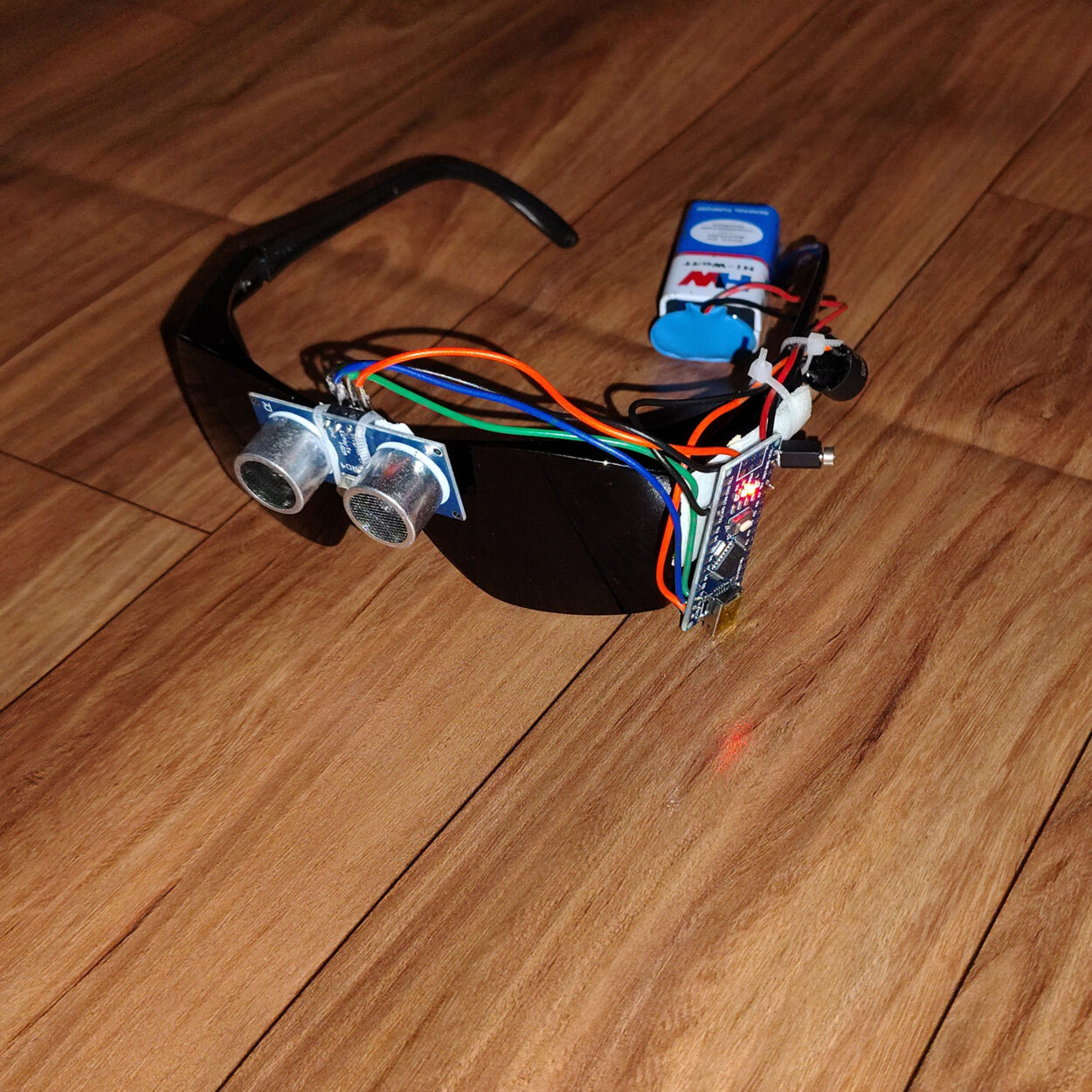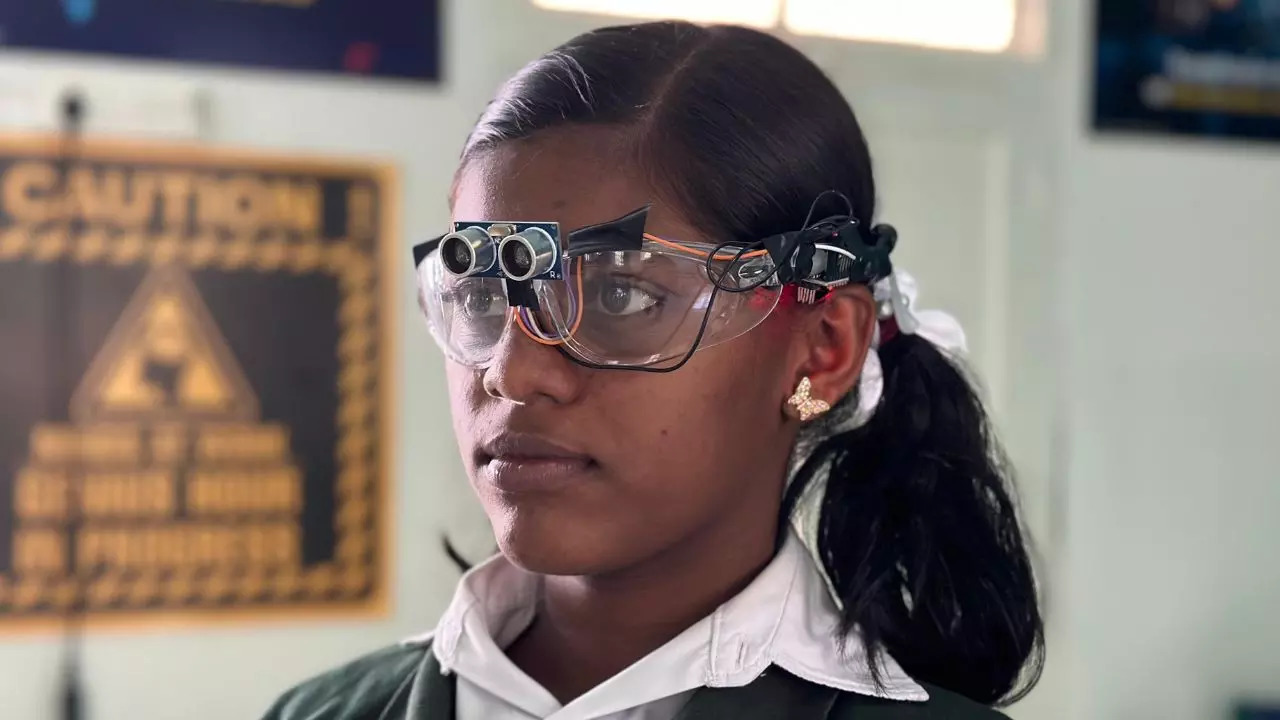Enhancing Availability Through Assistive Modern Technology for the Blind
The integration of assistive modern technology for the blind stands for a crucial improvement in access, essentially altering exactly how people browse their environments and engage with society. From screen readers to innovative wise walking canes, these devices not just enhance independence but also promote inclusivity in different rounds of life. As we explore the diverse kinds of assistive gadgets and their concrete effect on everyday living, it ends up being important to analyze just how ongoing technical developments are improving the landscape of support for the blind neighborhood. What effects do these developments hold for the future of availability?
Summary of Assistive Modern Technology
Assistive innovation refers to a series of tools and software program designed to boost the capabilities of individuals with specials needs, consisting of those that are aesthetically damaged or blind. This modern technology plays a critical role in promoting self-reliance and improving the lifestyle for individuals. By offering alternative methods for accessing details and carrying out day-to-day jobs, assistive innovation empowers individuals to navigate their atmospheres more effectively.
The development and execution of assistive modern technology welcome a range of concepts focused on cultivating accessibility. These principles include user-centered design, which focuses on the demands and choices of the individual, and the assimilation of innovation into day-to-day tasks. Such advancements guarantee that assistive gadgets are not only useful but easy and also intuitive to make use of.
Additionally, assistive technology includes a diverse spectrum of options, from low-tech choices like magnifiers to high-tech innovations such as display readers and Braille display screens. The continuous development of this field is driven by the demand to address the unique difficulties encountered by individuals with aesthetic impairments (Wearable technology for low vision). As innovation remains to advancement, the potential for improving accessibility and promoting inclusivity stays appealing, inevitably contributing to a more fair culture

Sorts Of Assistive Instruments
Countless sorts of assistive devices are readily available to sustain people who are blind or aesthetically impaired, each developed to deal with specific needs and obstacles. These tools can be broadly categorized into three major types: low-tech, mid-tech, and high-tech options.
Low-tech devices include things such as magnifiers, Braille labels, and responsive maps. These are reasonably basic tools that improve the individual's ability to engage with their setting without needing intricate technology.
Mid-tech devices often include advanced attributes, such as digital magnifiers and mobile Braille note-takers. These devices can offer performances like speech output, enabling users to access info much more efficiently.

Effect on Daily Living
The accessibility of different assistive tools significantly boosts the lifestyle for people that are aesthetically impaired or blind, influencing their daily living in profound ways. By incorporating modern technologies such as display viewers, Braille displays, and audio description services right into their regimens, users obtain greater freedom and self-reliance. These tools promote access to details, making it possible for people to execute everyday tasks, such as checking out emails, navigating public rooms, and taking pleasure in media content.
Additionally, assistive gadgets empower people to engage more completely in social interactions and area tasks. The ability to utilize smartphones equipped with access functions enables smooth communication and connection with others. This connectivity cultivates a feeling of belonging top article and reduces sensations of isolation.
In specialist setups, assistive innovation supports performance by enabling people to full work tasks effectively. Devices like voice acknowledgment software and specialized magnifying devices allow individuals to join the workforce on equal footing with their sighted peers.

Innovations in Innovation
Recent technical improvements have dramatically transformed the landscape of tools offered for individuals who are blind or visually damaged. The integration of expert system (AI) and artificial intelligence has generated applications that improve navigation and object recognition. Mobile phone apps can now make use of AI to determine and explain surroundings in real-time, providing users with valuable contextual information.
In addition, improvements in haptic innovation have resulted in the growth of smart walking sticks furnished with sensors that find challenges and supply tactile feedback. This equips individuals to navigate their setting with raised confidence and freedom. In addition, technologies in text-to-speech software application and braille displays have actually boosted the access of electronic content, permitting seamless interaction with various media.
Wearable innovations, such as smart glasses, are likewise making strides in helping visual impairment. As modern technology continues to evolve, the potential for also more transformative devices continues to be on the perspective.
Future Trends and Innovations
As technology rapidly progresses, the future of assistive devices for individuals who are blind holds tremendous promise. Innovations in synthetic intelligence (AI) and maker understanding are poised to reinvent the method blind customers interact with their settings. For circumstances, AI-driven applications are being established to enhance things recognition, allowing individuals to recognize and browse their surroundings with greater ease and accuracy.
In addition, advancements in haptic comments technology are making it possible for the development of responsive maps and navigation help that supply real-time info via touch. These advancements not only boost mobility however likewise foster self-reliance. Additionally, wearable tools outfitted with augmented reality (AR) attributes are emerging, providing users visual information via sound descriptions, thereby connecting the gap in between the digital and physical globes.
Furthermore, the combination of wise home modern technology presents new possibilities for availability, enabling individuals to manage their living environments with voice commands or mobile phone applications. As cooperation between tech developers and the blind neighborhood proceeds, the concentrate on user-centered design will guarantee that future developments are customized to satisfy the one-of-a-kind demands of this population (Wearable technology for low vision). The trajectory of assistive innovation guarantees an extra empowering and comprehensive future for go to these guys people who are blind
Final Thought
Finally, assistive modern technology plays a critical duty in improving access for people with visual impairments. The diverse range of tools, consisting of display viewers and clever walking canes, substantially enhances daily living and cultivates independence. Continuous advancements in modern technology and user-centered style make sure that these tools provide successfully to the unique demands of the blind community. As technologies development, enhanced inclusivity and empowerment can be anticipated, inevitably improving the high quality of life for those influenced by aesthetic impairments.
The integration of assistive technology for the blind represents a pivotal improvement in accessibility, essentially modifying how individuals browse their environments and engage with society.Assistive modern technology refers to an array of tools and software application made to improve the abilities of individuals with impairments, consisting of those who are aesthetically damaged or blind. Wearable technology for low vision.As modern technology quickly progresses, the future of assistive devices for individuals who are blind holds enormous promise. The trajectory of assistive technology guarantees an extra empowering and comprehensive future read this for people who are blind
In final thought, assistive innovation plays a critical role in improving access for individuals with aesthetic disabilities.